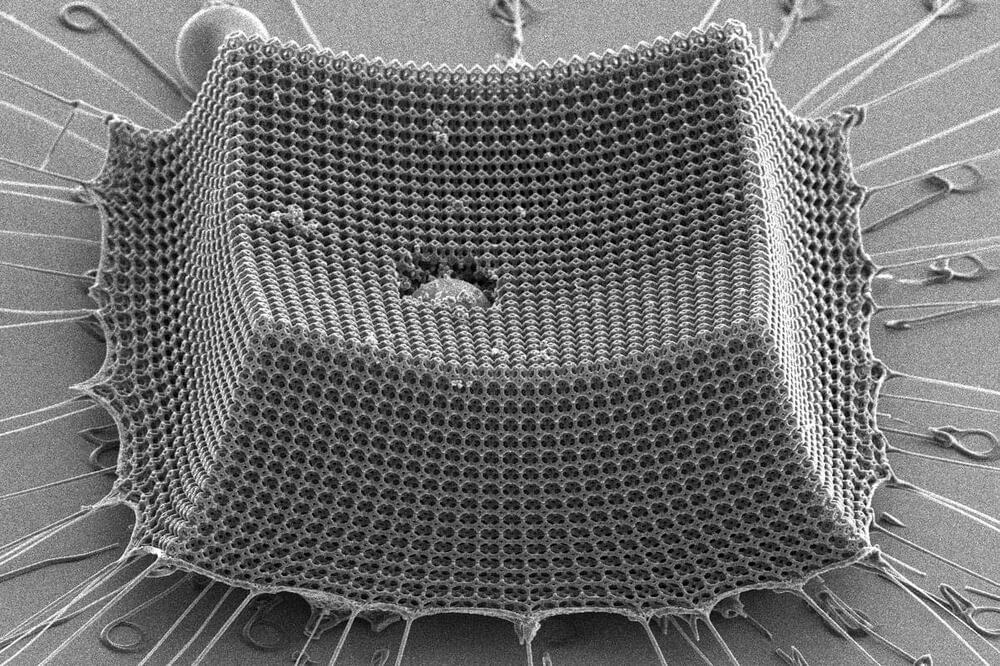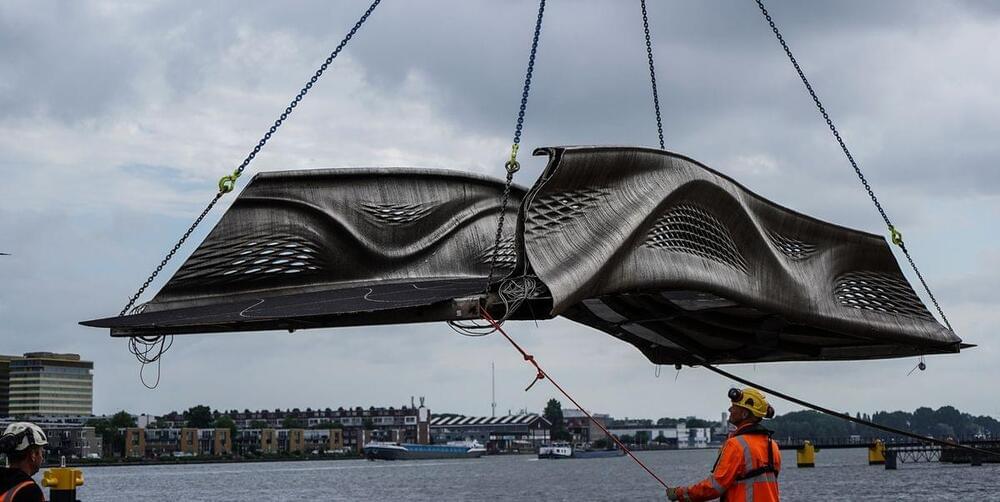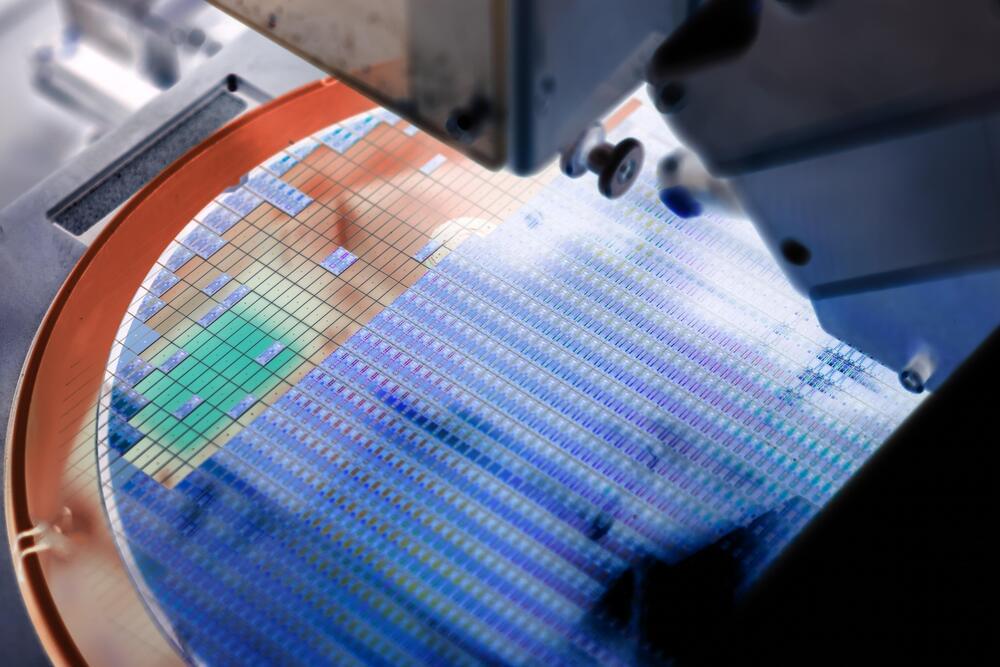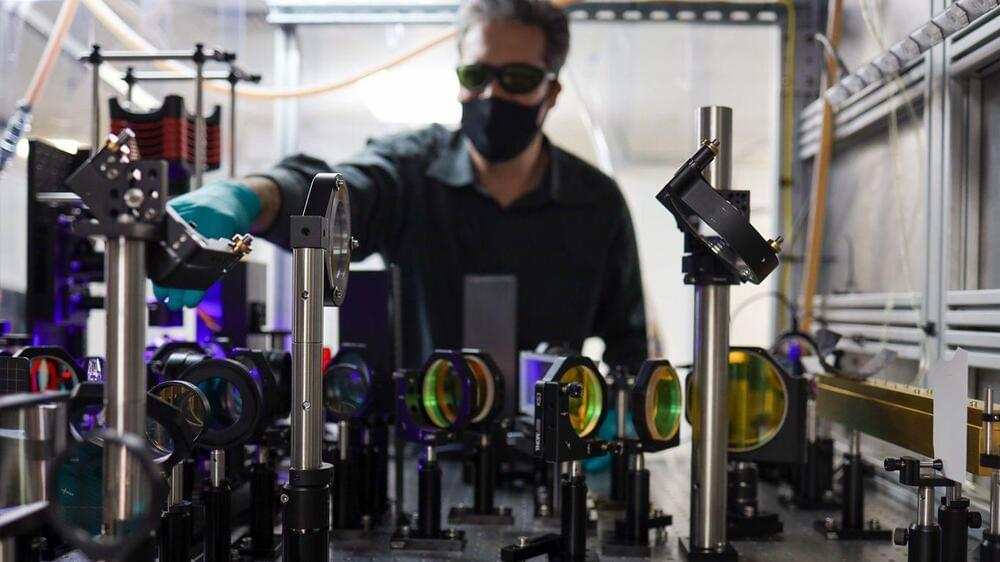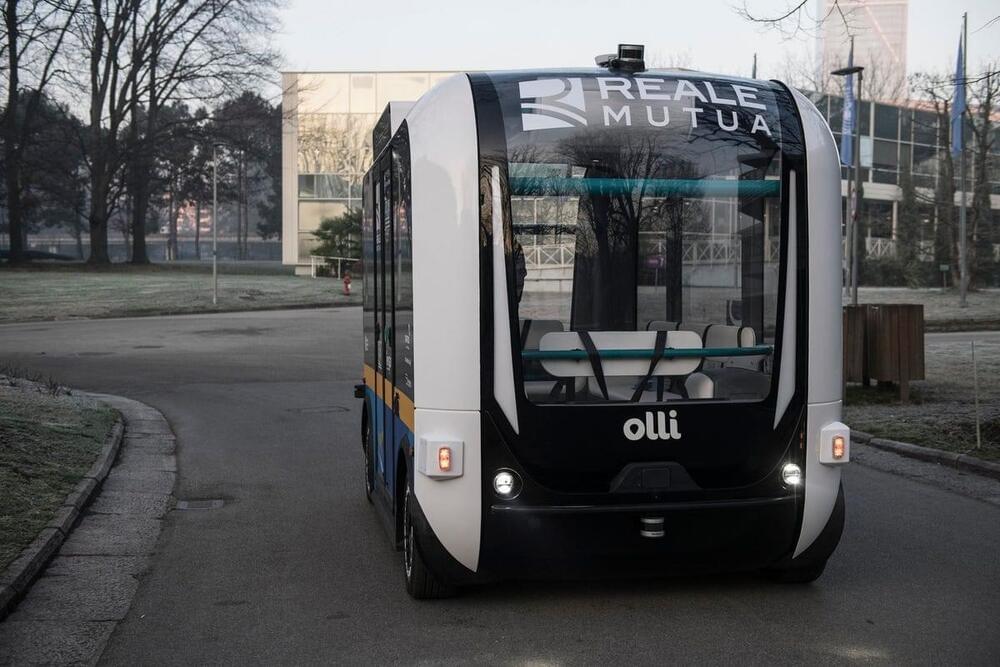Feb 6, 2022
3D printed nanomaterial could replace kevlar and steel for bulletproof armor
Posted by Dan Kummer in categories: 3D printing, nanotechnology
The Institute for Soldier Nanotechnologies (ISN), made up of the MIT, Caltech, ETH Zurich and the US Army Research Lab, has used 3D printing technology at the nanoscale to form a material that is reportedly more effective at stopping a projectile than Kevlar or steel.
Thinner than a single human hair, the material is made from tiny carbon struts that form interconnected tetrakaidecahedrons – structures with 14 faces – that are fabricated via two-photon lithography.
According to the team, the nano-architected material could potentially replace kevlar for a wide array of bulletproof protective gear used by the armed forces.
